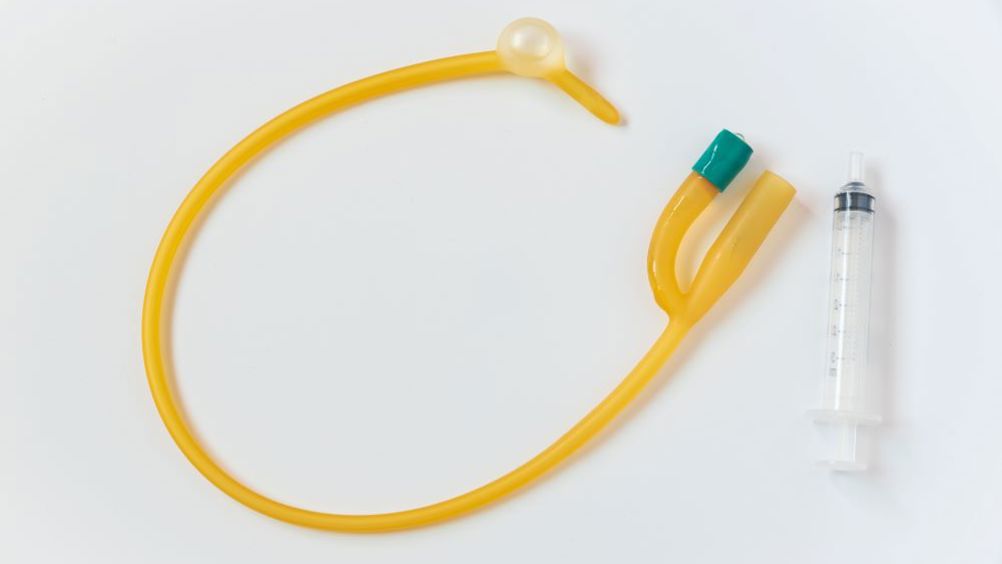References
Intermittent self-catheterisation: the community nurse's role in identifying and overcoming the barriers

Abstract
With their expertise and ability to leverage the therapeutic relationship, community nurses are well-placed to manage the complications and challenges associated with intermittent self-catheterisation. Francesca Ramadan provides an overview of the patient-, training- and environmentally-related barriers to intermittent self-catheterisation and of the ways in which these can be overcome by personalised, person-centred training and education.
Approximately 50 000 people in the UK regularly perform intermittent self-catheterisation (ISC), an invasive procedure whereby the patient passes a non-retaining catheter into their bladder to assist in the drainage of urine when normal voiding is not possible (Wilks et al, 2020). This is due to chronic or acute urinary retention, in which the bladder is no longer able to empty, causing stagnation of urine (Balhi and Mrabet, 2020). Urinary retention may result from paralysis of the bladder muscle, making urination slow and painful, or from poor opening of the sphincter during urination (Balhi and Mrabet, 2020). It is usually performed as a clean (rather than aseptic/sterile) technique by patients or their family or personal carer; for this method, the use of a disposable or dry, reusable catheter is recommended, preceded by cleaning of the hands and perineum with a non-antiseptic solution (Balhi and Mrabet, 2020).
Register now to continue reading
Thank you for visiting Community Nursing and reading some of our peer-reviewed resources for district and community nurses. To read more, please register today. You’ll enjoy the following great benefits:
What's included
-
Limited access to clinical or professional articles
-
New content and clinical newsletter updates each month

